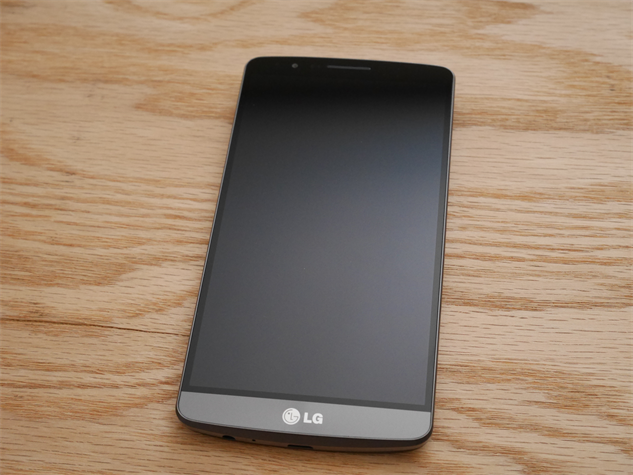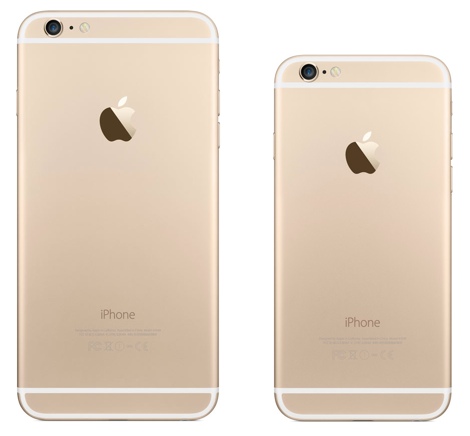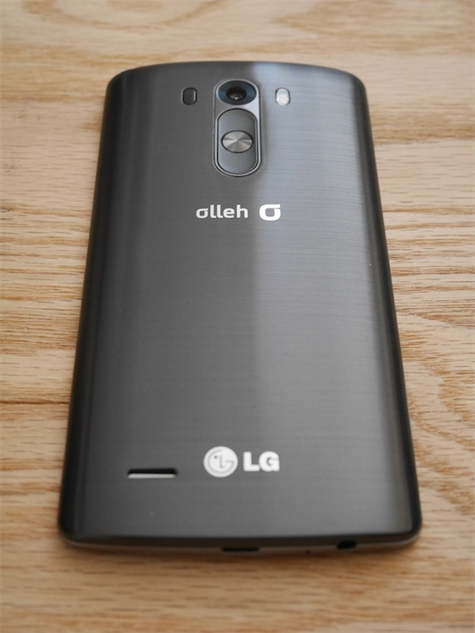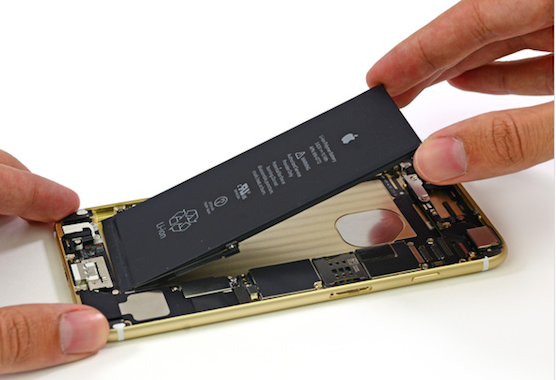When it comes to buzz, the iPhone 6 Plus is still all the rage. It’s still commanding headlines in the media, getting people’s attention in public, and the talk of the town for non-tech types. However, it’s certainly not the only smartphone worth considering.
In addition to many other great Android alternatives, LG’s flagship Android phone, the G3, goes toe-to-toe with the 6 Plus in pretty much every way. It was released earlier this year, but it’s still a beauty to behold. The problem isn’t that the iPhone 6 Plus is here, but just that the G3 is getting less attention than it should.
Both phones carry the same 5.5-inch size screen and are two of the most premium devices you can buy. But which is right for you? Let’s take a deeper look and see how they compare.
Display

Beyond both phones sporting a 5.5-inch screen, the displays are still quite different. One of the main differentiators of LG’s G3 is its Quad HD resolution. With four times the screen resolution of a 720p HD screen, you’ve got an impressive looking display that should look great well into the next couple of years.
The iPhone 6 Plus on the other hand has a more modest and industry standard 1080p resolution. Still, despite losing in the numbers game, the iPhone 6 Plus has been championed by several publications as having one of the best looking screens on any mobile device. Partly this has to do with the black levels, color accuracy, and other implementation details which make it a pleasure to look at.
When it comes down to it, both phones have superb screens which should make pretty much any other device just a little jealous. Can’t go wrong here.
Size

Since both have a 5.5-inch screen, it would only seem that both phones should be similar in size—that’s not the case all.
Somehow LG has managed to cut down the surrounding bezel around the screen and put a huge screen in a reasonable size device. The G3 is tight and compact and fits nicely in the palm of an average male hand. All the buttons are placed on the back of the device as well to help in this regard.
Comparatively, the iPhone 6 Plus is a boat. Because it keeps the traditional iPhone look, just scaled up, it looks bigger than it actually is. Holding the iPhone 6 Plus in one hand is still very much a possibility for an average size male, but it definitely begins to stretch what’s possible.
If you’re looking for a large screen while keeping the device foot print manageable the G3 is the best choice. This is also true when comparing other Android devices.
Design

Both the 6 Plus and the G3 are sleek and great looking—in their own right. Folks that have a gag reaction to the “iPhone look” might not care for a bigger version of the standard 6, but it’s still a great looking and well-built phone.
The 6 Plus definitely isn’t as compact as the G3, but it is thin—only 7.1mm thick—which makes it feel quite a bit less hefty. The power button has been moved to the right side for better reachability, but otherwise it’s the typical full aluminum Apple hardware we’ve come to expect.
The G3 continues LG’s recent tradition of moving all the button to the back of the device, which is sure to put off some. The power and volume buttons are clustered on the rear near the top for easy access with your index finger. It’s a little disorienting at first blush, but if you can get use to it, they’re easier to find in the dark than most Android phones and it’s nice not worrying about accidentally squeezing a button on the side.
On the other hand, the materials used on the G3 still aren’t as premium as the unibody design of the iPhone 6 Plus. It has a brushed metal finish and isn’t nearly as slimy as previous iterations, but in the end you’re still holding a piece of plastic.
Internal Specs

Even though the G3 came out pretty early in the year, it still has some top of the line specs. For example, it has a quad-core Qualcomm Snapdragon 801 processor along with 3GB of RAM. The iPhone 6 Plus, on the other hand, uses Apple’s proprietary dual-core A8 processor with 1GB of RAM.
The 6 Plus also has a 1.2-megapixel front facing camera and 8-megapixel rear facing camera while the G3 has 2.1-megapixel front facing camera and a 13-megapixel rear facing one. While the numbers lean in favor of the G3’s camera, it’s hard to beat out what Apple is able to do with its software imaging. Now with the added benefit of having optical image stabilization (which the G3 also has), the 6 Plus really does have the best camera on any smartphone, including the G3. Images are sharper than ever and low light performance is particularly noteworthy with 6 Plus’ new sensor. The G3 might have the best Android smartphone camera out there, but it’s one department where the iPhone still wins out.
It’s interesting because in terms of pure technical specs, the G3 out does the 6 Plus in nearly every regard. However, the thing to consider when just looking at numbers is how the phone feels to use in day to day use. With its spec the G3 never gave the impression of stalling out, but neither did the 6 Plus. Both phones are equally capable at handling whatever you throw at them, whether that’s an HD video or a graphically intense game.
Battery

The secret benefit to large screen devices is being able to include a really big battery. The screens need a big battery to power all its pixels, but it also gives users a longer time between recharging.
Both the 6 Plus and G3 have nearly exactly the same size battery at 2915mAh and 3000mAh respectively. The benefits of Apple designing its own processor and operating system, however, is that it is getting longer usage out of the slightly smaller battery.
The 6 Plus isn’t the longest lasting battery that’s ever been in a mobile device for sure, but if that’s what you’re looking for, it’s a good choice.
Verdict
The iPhone 6 Plus, though much bigger, is a standard Apple device. It runs iOS and mostly plays by the same design and software rules previously iPhones have before it—with the general loosing of the reigns. In fact, if anything, the 6 Plus feels like a missed opportunity in terms of software without any real multitasking or additional functionality with the bigger display. Meanwhile, the G3 feels like Android at its current peak. If there’s something intriguing about Google’s software, the G3 should scratch that itch. The tweaks that LG has made aren’t irreversible, but should benefit the casual Android user.
The 6 Plus is part phone, part tablet, all in a small package. If you’re legitimately choosing between the 6 Plus and G3 it’s pretty simple. If you’re looking for an all-in-one mobile device, pick the 6 Plus. If, however, you’re looking for a high-spec phone with a big screen, pick the G3. The G3 is one of the best phones with a screen this size, while the 6 Plus is a wonderful device to do as much stuff on the go as possible.